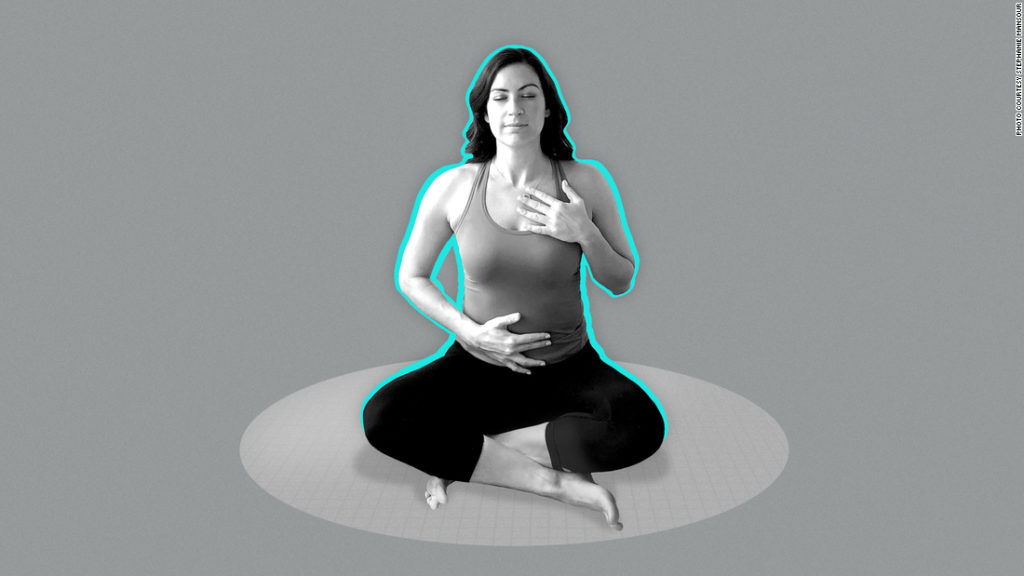The immediate answer is complicated, but with an assessment of your symptoms, you’ll have the confidence to decide more quickly. And, if the answer is to skip your workout, there is still an exercise or two that you can do to help you feel less sick.
Here are the five most common scenarios if you’ve fallen ill — and how you can decide if you should exercise or take it easy.
Important note: Be sure to seek advice from a health care provider if you have lingering or persistent symptoms and also prior to starting a workout program.
Head cold
Work out. If your symptoms include common ones like a runny nose and congestion, just scale back your workout to make it less intense. Working out with a cold may actually help relieve nasal congestion and open up your nasal passageways.
Instead of doing a high-intensity workout, try doing a lower-impact strength-training workout. Or instead of going for a run or jog, go for a brisk walk. Simply pare down your workout so that it’s less intense and takes less time than usual.
Fever
Skip. Working out while you have a temperature can actually increase dehydration and raise your internal body temperature even more. Also, with a fever your muscles are already more fatigued and have less strength, so it’s best to give them a rest.
Instead, try doing a yoga pose called Savasana with lots of props. Lie down on the ground. Place a bolster or pillows underneath your knees, and a pillow underneath your head. Relax your arms by your sides with the palms face up.
Sore throat
Work out. Typically when a sickness is above the neck, it’s OK to exercise at a less intense pace. Make sure to drink plenty of water to soothe your throat both before, during and after exercise. Slow down your pace (like you would if you had a cold).
If your sore throat is accompanied by a fever or body aches, however, take a break.
Cough
Skip. Especially if this cough is coming from your chest and accompanied by mucus, definitely skip your workout. Frequently coughing can prevent you from being able to catch your breath properly during a workout and make it difficult to take a deep breath when your heart rate increases during exercise.
Instead, engage in a forward-fold stretch to improve circulation and relieve coughing symptoms. It’s a stress-relieving exercise that invigorates your nervous system and literally turns your head upside down.
Your head goes below your heart, which calms your mind and reduces stress — both mentally and in your physical body.
Upset stomach
Skip. If you are vomiting or have diarrhea, your body becomes dehydrated. Exercising will only add to this dehydration. Additionally, if you’re nauseous, moving around may cause you to become more nauseous or even vomit.
Instead, try a yoga pose called Child’s Pose. Come onto a yoga mat on your knees and open them as wide as your hips. Then sit your glutes back over your heels and reach your arms forward. Rest your head on the mat or on a pillow.
Breathe into your stomach and your back, and slowly release your breath. Inhale and exhale through your nose and think about soothing your stomach.
You are your own best advocate. While the above are guidelines you can follow, remember that at the end of the day you know your body best. If you feel like you shouldn’t do any exercise or, conversely, you feel like a workout will make you feel better, listen to your body.
Stephanie Mansour, host of “Step It Up With Steph” on PBS, is a health and wellness journalist and a consultant and weight loss coach for women.
You may also like
-
UK coronavirus variant has been reported in 86 countries, WHO says
-
NASA technology can help save whale sharks says Australian marine biologist and ECOCEAN founder, Brad Norman
-
California Twentynine Palms: Explosives are missing from the nation’s largest Marine Corps base and an investigation is underway
-
Trump unhappy with his impeachment attorney’s performance, sources say
-
Lunar New Year 2021: Ushering in the Year of the Ox

